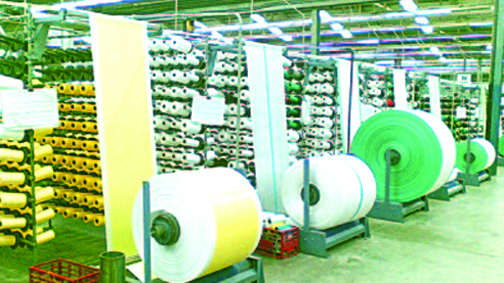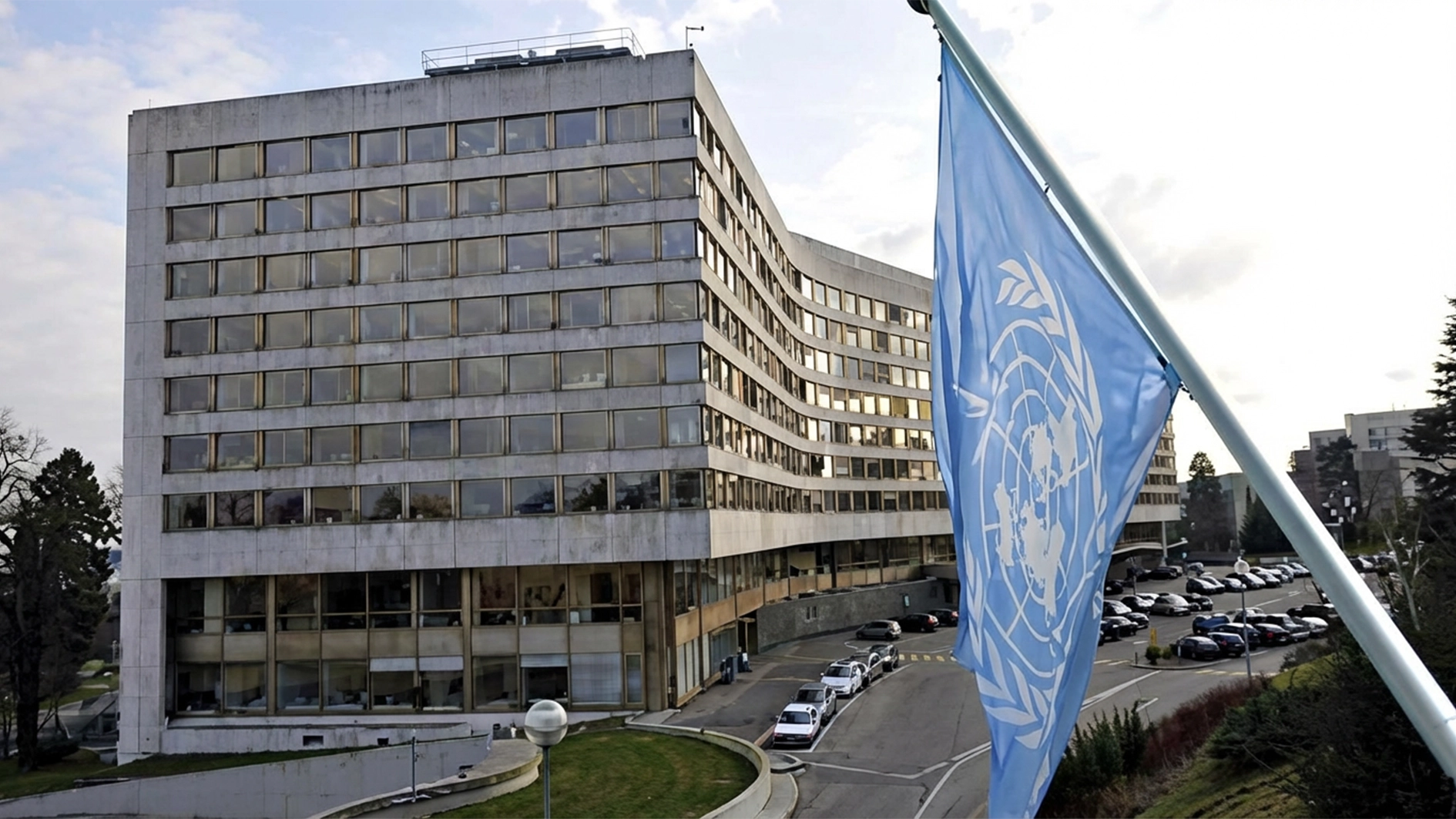
Stakeholders have described the sharp drop in letter of credit (LC) applications as a sign that production is almost non-existent.
The payments dropped by 63 per cent in Q1 of 2024 compared to the same period in the previous year, according to the international payments data of the Central Bank of Nigeria (CBN).
The total LC payments made via official channels for Q1 2024 was $204.47 million, reflecting a shortfall of $344.75 million compared to Q1 2023 when the figure was $549.22 million, further highlighting the challenges the country is facing in its international trade and financial transactions.
January 2023 recorded payments of $107.78 million, followed by $171.95 million in February 2023. March 2023 saw the highest payment for the quarter at $269.49 million.
In contrast, January 2024 recorded a significantly lower payment of $58.33 million, while February 2024 saw an increase to $102.6 million, still far below the corresponding month in 2023. March 2024 payments stood at $43.54 million.
Though the CBN extended the timeline for the issuance of LCs from 24 hours to five working days, the change has not helped as the problem with FX persists and limited access to FX hindered many businesses from opening letters of credit.
Chief Executive Officer of the Centre for the Promotion of Private Enterprise (CPPE), Dr Muda Yusuf, said the decline is not unsurprising seeing as foreign exchange (FX) is now four times what it was in the same quarter last year.
“A dollar was less than N500 and it was cheaper to import then. With rising customs duties, importation costs have more than tripled this year, this is a major reason for the shortfall. The liquidity crisis last year was not as serious as it is now and our reserves are greatly depleted,” he said.
He added that manufacturers and producers were importing raw materials far cheaper than now and could produce relatively affordable goods compared to now.
“The implication to the real sector is obvious as they have to factor the high FX and customs duties among other costs into what is being produced. What does this mean for poorer consumers whose pockets are stretched and whose capacity to buy is greatly reduced? They reduce what they buy or stop buying entirely which means producers are being forced to produce less.
“This means they would import less with more time between each import cycle. This spells doom for the real sector because if its players cannot produce regularly, it is as good as dead. There are still other factors to deal with like the high energy costs, rise in input costs and so on. The absorptive capacity of the economy has reduced drastically and the real sector is one of the first casualties,” he said.
Also speaking, the Director-General, the Nigerian Association of Chambers of Commerce, Industry, Mines and Agriculture (NACCIMA), Olusola Obadimu, said the decline is a natural consequence of a diminishing real sector. He said because production has slowed down considerably coupled with high, unstable FX, it has led to reduced imports and a lesser need for raw materials and machinery.
“This decline is expected and until rates stabilise including FX, inflation and all other economic indices, this is what will continue to happen. It is now very difficult for businesses to plan and commit funds to their business because of economic uncertainty and instability. Till date, we are still trying to resolve the issue of the funds deposited in commercial banks by some manufacturers at the old FX rate, what will happen to them and their funds?” he queried.
He pointed out that all manufacturing activities and indices have dropped in the last year.
“Many businesses are producing at 30 per cent, there is less need to import. If you have 10 machines and currently use one or two, there would be little need to replace parts often. The dwindling productivity will continue unfortunately until rates stabilise and the economy is favourable for production,” he said.






